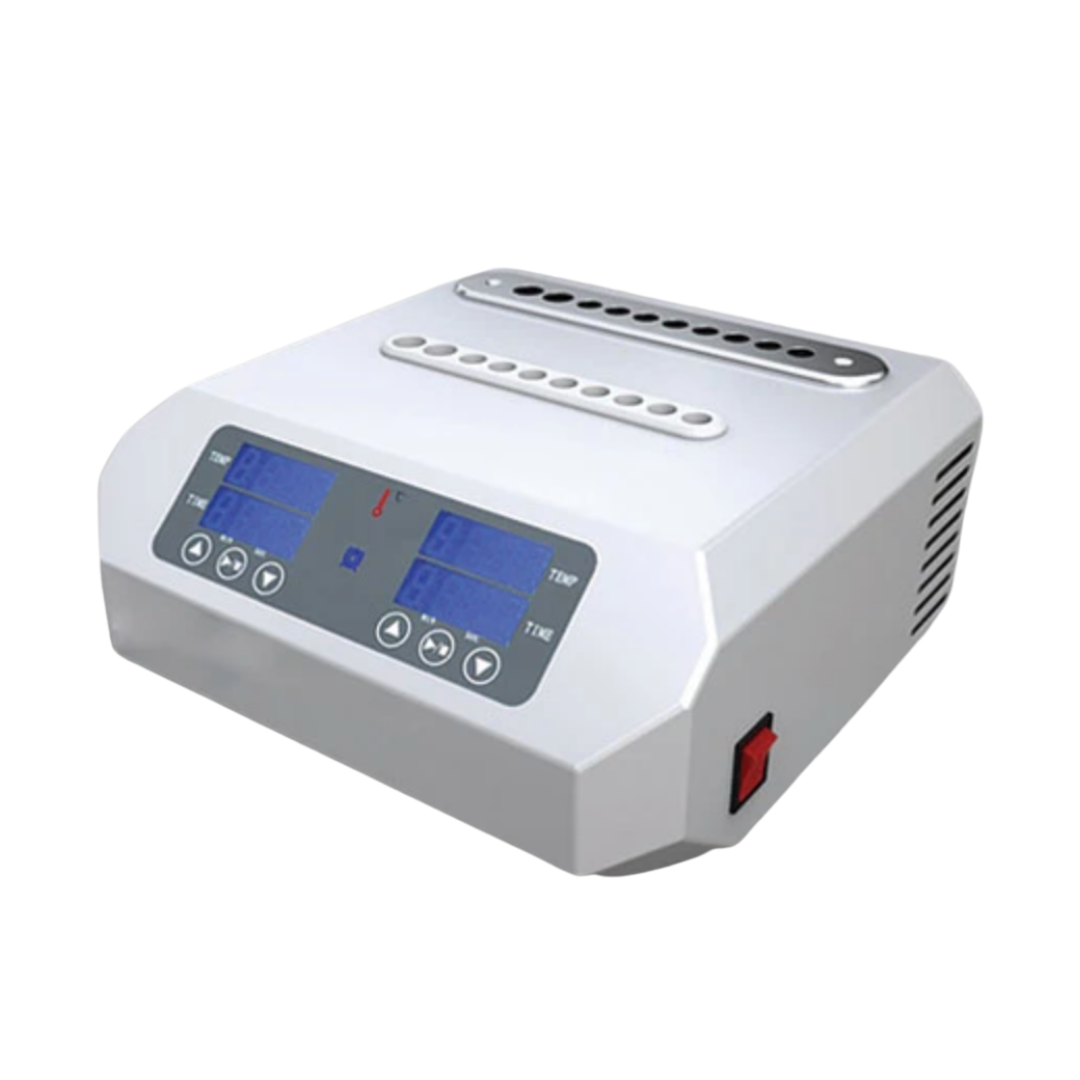Platelet-Rich-Plasma Therapy is blood plasma that contains concentrated amounts of platelets and growth factors. The concentrated platelets are then introduced into an area for repair and rejuvenation. They work because of the concentrated bioactive proteins and growth factors needed for accelerated tissue regeneration. This autologous blood derived product when placed into damaged tissue has been widely used in medicine with excellent results
For this process to take place, the platelets must first be activated. In the body, the activation process is instituted by tissue damage and the thrombin cascade. However, in clinical applications of Platelet-Rich-Plasma, activation is initiated by the addition of products to the sample. The term activation refers to processes initiated during PRP activation. They are degranulation releasing growth factors from the alpha granules of the platelets and the fibrin cascade which forms clots to stop bleeding and trap the molecules at the site of injury. The activation process is key for PRP to work. The activation products used are:
- Bovine thrombin
- Calcium chloride or calcium gluconate
- Collagen Type 1
- Photo-activation
Little is known about the optimal concentrations of CaCl, thrombin or collagen needed to trigger the optimal release of growth factors. Higher concentrations give more immediate release and lower concentrations produce a slower longer lasting release.
THROMBIN
Thrombin is an enzyme that converts fibrinogen into fibrin. Activation with thrombin quickly forms a dense fibrin matrix. The solid formation may inhibit cell migration thus healing. Studies have proven thrombin to be an activator but the release of the growth factors are highest in a short time interval.
Thrombin is obtained from bovine sources which could have allergic potential or from autologous sources which equates to increased processing time and larger blood samples.
CALCIUM CHLORIDE
Calcium chloride activation have been proven to be less dense than thrombin. A 10% concentration is added to the sample. The amount of growth factors released from an activated sample has been proven to be equal to thrombin activated product. The CaCl allows the product to coagulate as apposed to thrombin which causes polymerization. CaCl results in a “softer” product initially. However, once activated both thrombin and CaCl activated products have limited time for use as both will become dense in a short period of time.
COLLAGEN TYPE 1
Endogenous collagen activates platelets without forming a dense fibrin matrix. Studies have shown, collagen activation provides less growth factors compared to CaCl or thrombin activation. Collagen is a weak platelet activator which when tested in the lab resulted in lower growth factor release when compared to thrombin or calcium chloride. The absence of a dense matrix may or may not be advantageous depending on the clinical application.
PHOTOACTIVATION
Photoactivation is the exposure of PRP to polychromatic light for 10 minutes prior to injection. Photoactivation helps growth factor release from the platelets. It increases pro-inflammatory cytokine receptors, IL 1 Ra and IL2 RA, beta-endorphin photo modulation with significant benefit in tissue regeneration and healing. With endorphin modulation, PA-PRP has decreased pain.
In a study published in the European Journal of Pharmaceutics and Biopharmaceutics dated March 2020, Volume 148 entitled “Sustained release of growth factors from photoactivated PRP,” PRP was activated by photoactivation and the controlled release of growth factors were monitored.
After photoactivation, ATP secretion then calcium release significantly increased after treatment. Photostimulation triggered Lamellipodia extension, numerous Pilopodia formation and platelet agglomeration as activation indicators. The authors concluded PRP was successfully activated by photoactivation and they found sustained growth factor release during 28 days proving the activation.
Dr. Vasilis Paspaliaris who invented the photoactivation model states” Photoactivation seems to increase the secretion of tiny vesicles(exosomes) from peripheral white blood cells, stem cells and platelets”.
Dr. Joseph Purita, who is the Head of Regenerative and Molecular Orthopedics stated “I have found this light to be an invaluable resource for achieving excellent results. It dramatically reduces inflammation, increases the production of natural pain killers and seems to make PRP or stem cells better at doing their job”.
In a paper published Sept 23, 2020 entitled “Photo-activated platelet-rich-plasma based patient-specific bio-ink for cartilage tissue engineering” In Biomedical Materials, Volume 15, Number 6, the author presented PRP as a photo-activated and photo-crosslinkable bio-ink in terms of tissue-specific structures for the first time. They achieved long term and constant rate growth factor release and bioactivity protection of PA-PRP with satisfactory mechanical characteristics without any external chemical agents.
FOOD and DRUG ADMINISTRATION
Recent publication entitled “Regulatory Considerations for Human Cells, Tissues, and Cellular and Tissue Based Products: Minimal Manipulation and Homologous Use”. Blood taken from an individual and given back to the same individual as Platelet-Rich-Plasma is not an HCT/P under 21 CFR Part 1271 because it is a blood product ( Sec V ,A ,Page 22)
However, the addition of an activator like CaCl or Thrombin can be considered more than minimal manipulation under this law. Photo-activation is NOT.
At the present time, PUBMED has 13,702 articles concerning Platelet-Rich-Plasma. There is no debate that is an efficacious, low risk, high outcome treatment for many applications encountered in the medical world. However, Platelet-Rich-Plasma needs to be activated for the cells to release the growth factors, cytokines etc.
Photo-Activation appears to be the best method of activation with no side effects or possible future legal ramifications.
Juventix Regenerative Medical is proud to offer the Photo-Activator to the growing list of products and services available to the Regenerative Medical Community.
References
- Clinical outcome of photoactivated platelet-rich-plasma in the treatment of knee osteoarthritis
Mohiuddin, Lewis, Choudhury, Sadiq DOI:10.15761/ROM.1000162
- Platelet-Rich-Plasma: The choice of activation method affects the release of bioactive molecules
Cavello, Bio-Med Research International Volume 2016, article ID 6591717
- Sustained release of growth factors from photoactivated PRP
European Journal of Pharmaceutics and Biopharmaceutics volume 148, march 2020, 67-76
- Photo-activated PRP based patient-specific bio-ink for cartilage tissue engineering
IOP science sept,2020 vol 15 numb 6








